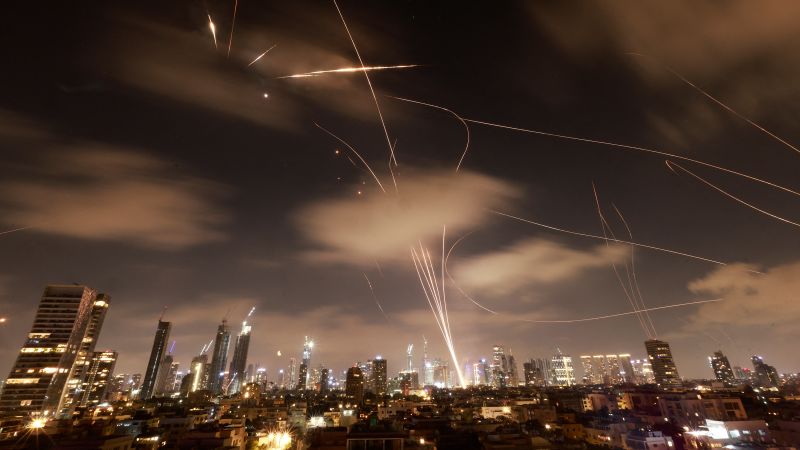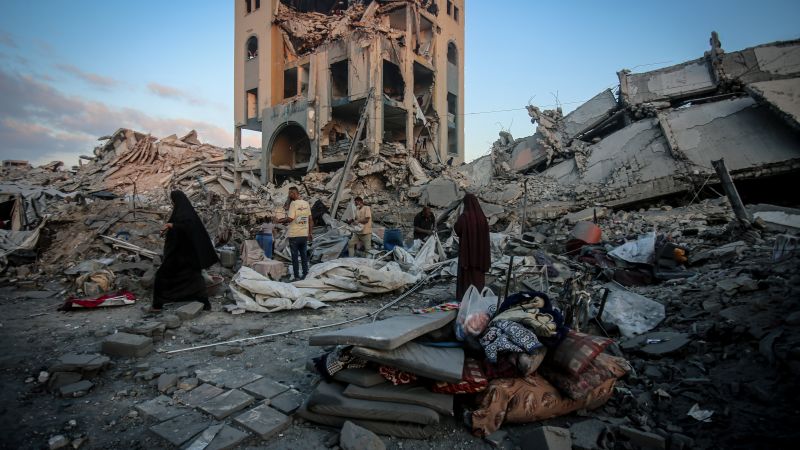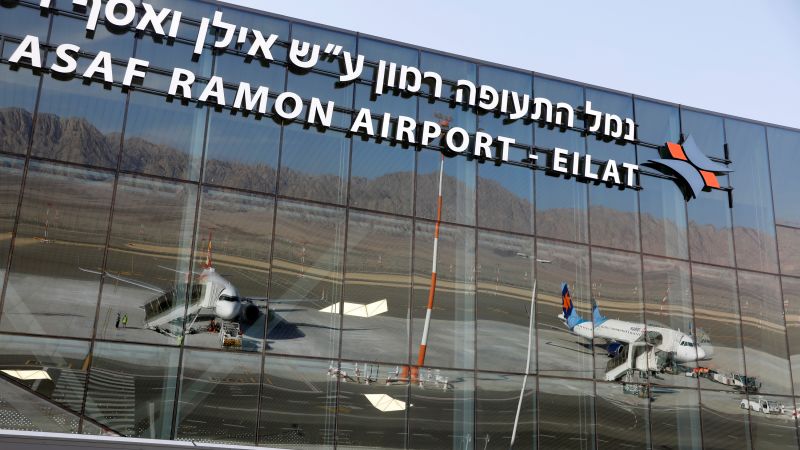
High-End THAAD Missile Interceptors Depleted in Israel-Iran Conflict
Politics | 7/28/2025
The United States utilized approximately a quarter of its inventory of high-end THAAD missile interceptors during a 12-day conflict between Israel and Iran in June. Sources knowledgeable about the operation revealed that the interceptors were deployed at a rapid pace to counter incoming threats, highlighting a significant disparity between usage and production rates.
The THAAD missile defense system played a crucial role in intercepting incoming missiles during the conflict, underscoring the system’s strategic importance in safeguarding against aerial attacks. However, the substantial depletion of interceptors during a relatively short duration emphasizes the need for replenishing supplies to maintain national security preparedness.
Experts suggest that the substantial utilization of THAAD interceptors in a brief conflict raises concerns about the adequacy of the current inventory levels. The rapid consumption of these high-end missile defense assets during a regional conflict accentuates the necessity for strategic planning to ensure a sufficient supply of interceptors for potential future engagements.
The Department of Defense has not provided specific details about the exact number of THAAD interceptors used during the Israel-Iran conflict. However, the significant depletion of these defense assets underscores the critical need for the U.S. to assess and address potential gaps in its missile defense capabilities to uphold national security interests effectively.
As the U.S. evaluates its missile defense strategy and inventory management, the utilization of a substantial portion of high-end interceptors in a single conflict highlights the importance of maintaining a robust and sustainable supply chain to address potential threats and security challenges effectively.


